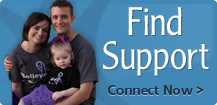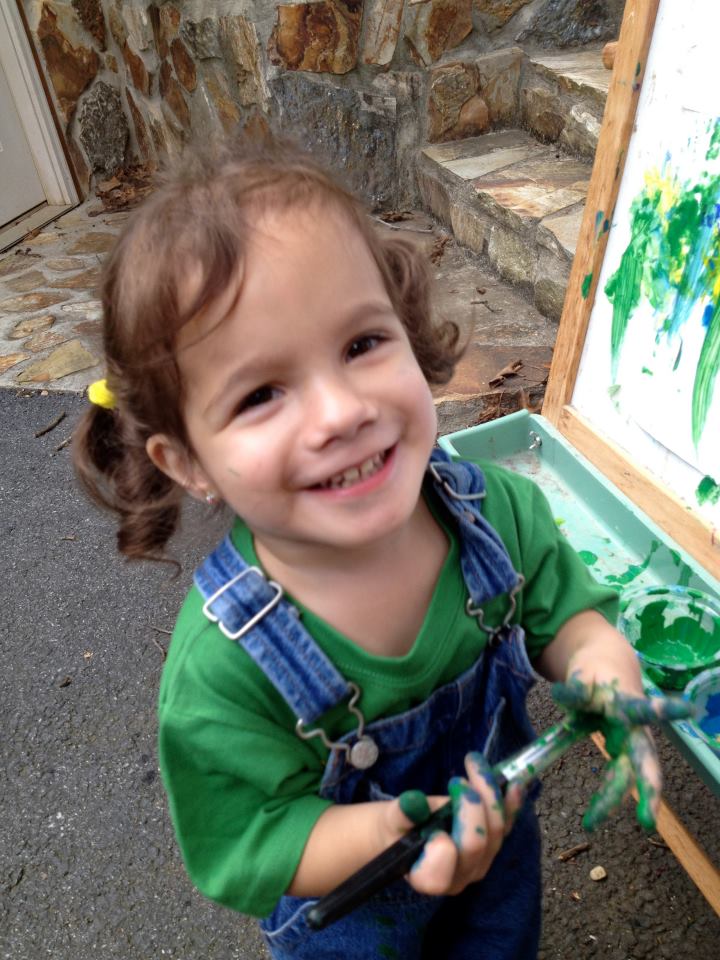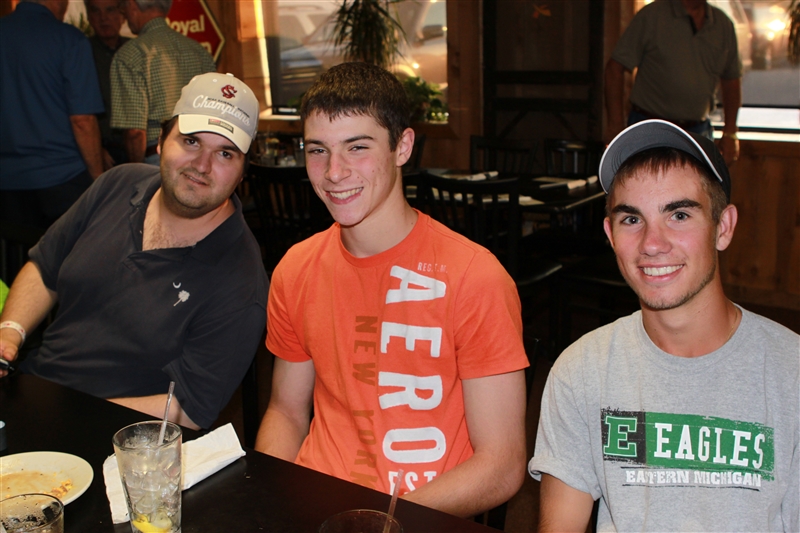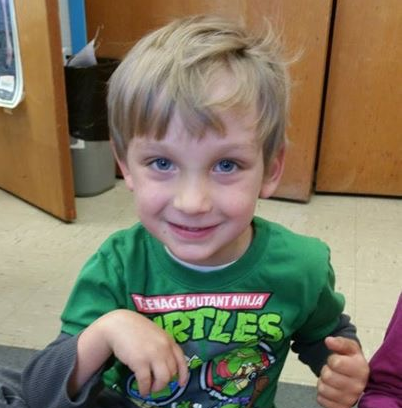What is it?
A hemispherectomy is the surgical removal of one half of the brain.
Why is it done?
A hemispherectomy is performed in children who have severe and intractable seizure disorders. Many of these children do not respond to seizure medications and/or the Ketogenic Diet. They often have severe damage to only one side of the brain (although not always), and may already have paralysis on one side of the body (hemiparesis). Hemispherectomy is typically performed on children with Rasmussen’s syndrome and on children who were born with or who have had strokes in early childhood who have seizures that are difficult to control and, on other children who experience the early onset of uncontrollable seizures that are limited to one side of the brain. However, hemispherectomy is not necessarily appropriate for everyone with intractable seizure disorders.
Where is it done?
Hemispherectomy is usually performed in hospitals that have Pediatric Regional Epilepsy Programs by neurosurgeons who have extensive experience in pediatric epilepsy surgery.
Preparing for the surgery
 A great deal of preparation goes into determining who is a candidate for a hemispherectomy. Many patients will be asked to participate in a neuropsychological exam performed by a neuropsychologist. The exam will gather information about the patients current cognitive abilities compared to typically developing peers.
A great deal of preparation goes into determining who is a candidate for a hemispherectomy. Many patients will be asked to participate in a neuropsychological exam performed by a neuropsychologist. The exam will gather information about the patients current cognitive abilities compared to typically developing peers.
Patients will be required to undergo long term monitoring of their seizures in order to determine exactly which part of the brain the seizures are coming from. This is done in a hospital setting where the patient is monitored for a period of time (usually one week or more) hooked up to an EEG and video taped at the same time. This is often referred to Phase 1. If enough information on the origin of the seizures is located during Phase 1 and the neurologists are confident they have found where they are coming from, a decision may be made as to whether the patient is a candidate for surgery. If, however, they are not confident they have gathered enough information but feel the patient is still a candidate for surgery, the patient would be asked to proceed with Phase 2 of the long term monitoring.
During Phase 2, the patient undergoes the surgical placement of EEG leads directly on the surface of the brain. The placement of the leads takes several hours. The patient then returns to the long term monitoring unit until enough seizure activity is captured on the EEG and video tape. Other tests that may take place during Phase 2 include SPECT and PET scans. Once enough data is collected the patient returns to the operating room to have the leads removed and the actual surgery takes place. This may be in the form of a partial or full hemispherectomy. This procedure often takes five to twelve hours or in some cases even longer. If a partial hemispherectomy is performed and there is a concern that any remaining seizures may travel to the opposite side of the brain, a Corpus Callosum Sectioning may be done to prevent the spread of seizures from one side of the brain to the other.
Recovery
Children are amazingly resilient. Many children who undergo this type of brain surgery are able to leave the hospital in a week or so. Some stay longer due to infection or other complications.
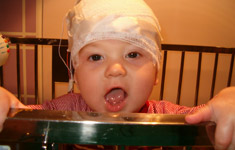 Rehabilitation
Rehabilitation
Each child who undergoes a hemispherectomy requires some amount of rehabilitation. When the left side of the brain is removed, the right side of the body is affected. When the right side of the brain is removed, the left side of the body is affected. Typically, this comes in the form of paralysis of the arm and often weakness in the leg. For children who have had strokes prior to the surgery, many come out as they went in. They may be weaker on their effected side but with intense PT and OT they can often return to their baseline. The rehabilitation can take as short as a few weeks or many months. For those children who did not have any form of paralysis prior to their surgery, the adjustment to having a hemiparesis can be more difficult. Many children also require speech therapy as their language skills can be affected by the surgery. Children typically continue with therapy even after their rehab is done. If the occipital lobe is removed during the surgery, the child will have a visual field cut.
What to expect after the surgery
For many children a hemispherectomy can be a life-saving operation that can allow the child to lead a far more normal life. Often children are seizure free following the surgery. However, there are children who continue to have seizures even after the surgery. Some of these children have damage on both sides of the brain and the seizure activity continues on the opposite side of the brain which has not been removed. Or, if a partial hemispherectomy was preformed, the remaining lobe may continue to seize. Some children may experience changes in their behavior (good and bad) since their ability to control their impulsivity and judgment may be diminished. Many children’s cognitive abilities improve once their brain is no longer seizing and their meds are removed.
It is important to remember that neurosurgery is inherently risky. Clearly, the benefits must outweigh the risks. For those children who suffer from intractable seizures, a hemispherectomy can give them a chance of being seizure free and free of the undesirable side effects of
anticonvulsants.
Additional Information
Although there is not a great deal of information available about hemispherectomy the following references may be helpful.
- Seizures and Epilepsy in Childhood A Guide for Parents by John M. Freeman, MD
- Seizure Freedom by Leanne Chilton – This book gives you a good look at living with seizures and undergoing brain surgery from an adult’s point of view.
- Life With Half a Brain – An article by Maria L. Chang – Science World, November 1998
- The Discovery Channel’s Discovery Health Program “Lifeline” often features shows on epilepsy and brain surgery
- The Hemispherectomy Foundation
- The Brain Recovery Project
- Cleveland Clinic Hemispherectomy Information
Page content written by Kelli Suzuki, parent of a child who had a hemispherectomy.



